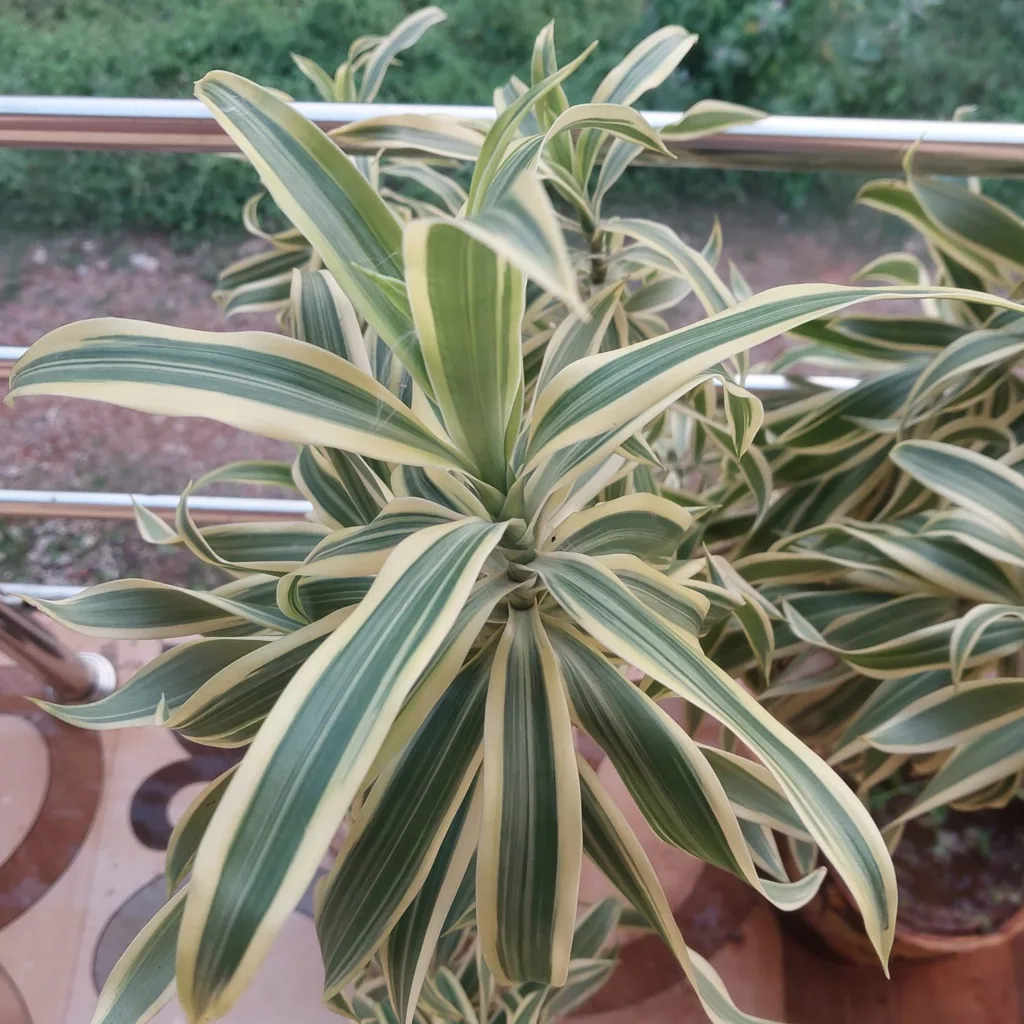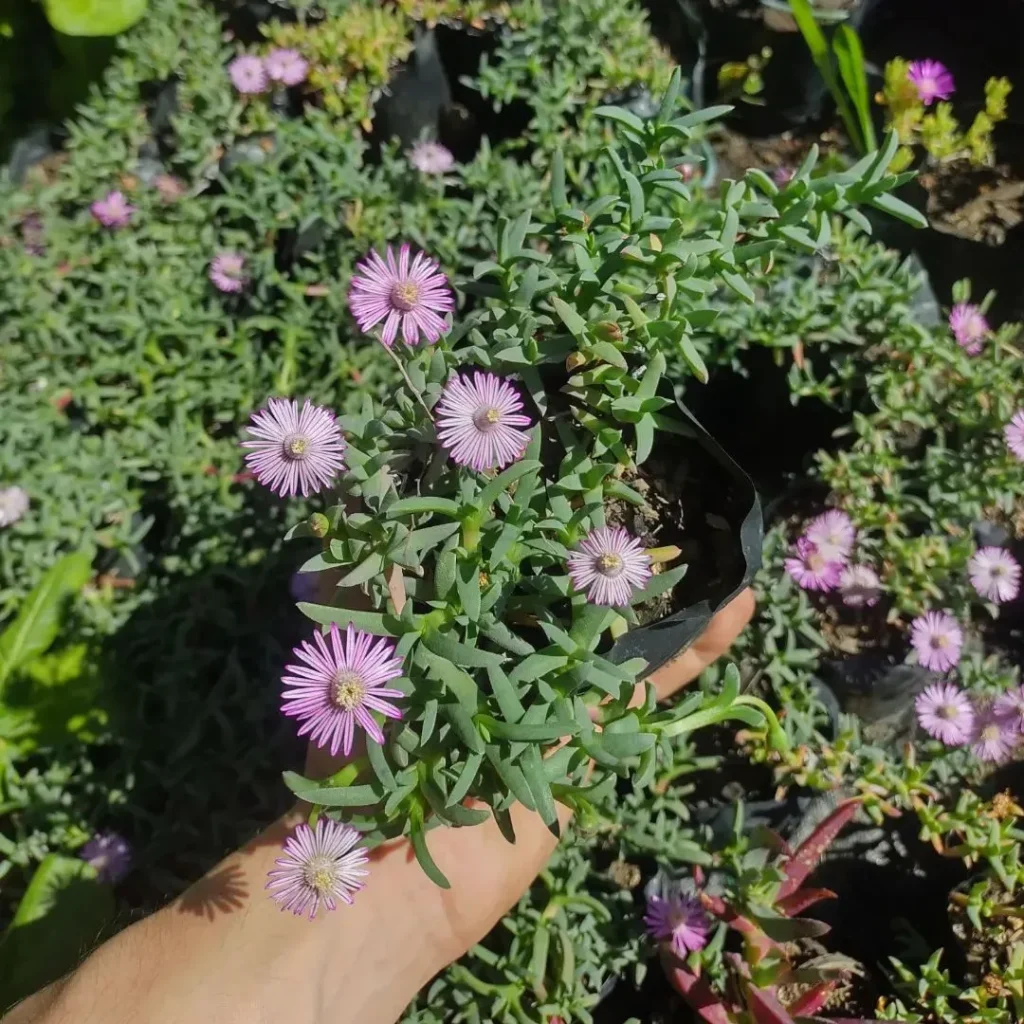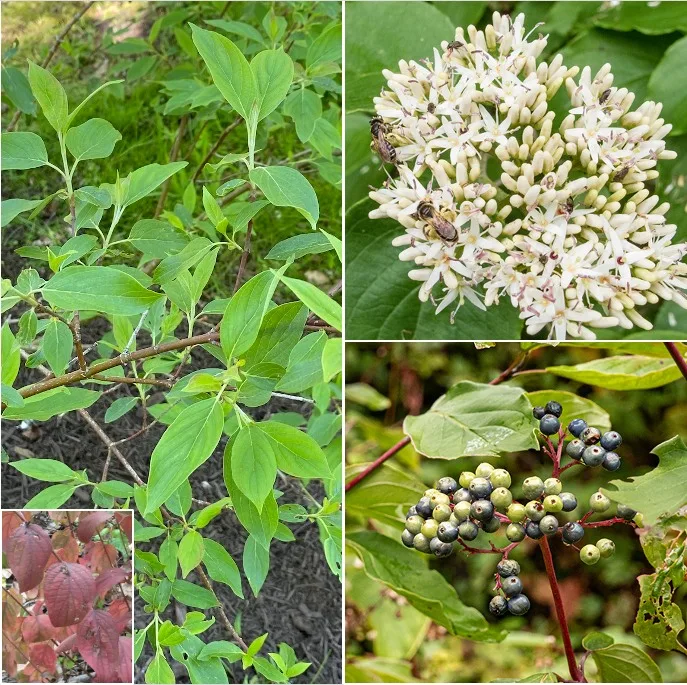Rubia: A Deep Dive into Madder
My name is Ferb Vu, and I’ve always been fascinated by the interconnectedness of the natural world. One of the plant genera that truly captures my attention is Rubia, more commonly known as madder. This genus, belonging to the Rubiaceae family (the same family as coffee!), boasts a rich history intertwined with human civilization, and I’m eager to share some of its secrets with you.
A Colorful History
Rubia species are renowned for their vibrant red roots, which have been utilized for centuries as a source of dye. This natural pigment, known as rose madder, has been employed to color textiles and even paint masterpieces. Imagine the artisans of old, carefully extracting the dye from the madder roots, their hands stained crimson as they transformed ordinary fabrics into works of art. This historical significance alone makes Rubia a captivating subject for study.
Botanical Characteristics
Rubia plants are typically perennial, scrambling or climbing herbs and subshrubs. They are characterized by their whorled leaves, meaning the leaves radiate from a single point on the stem, like spokes on a wheel. These leaves often have tiny prickles, allowing the plant to cling and climb as it grows. The flowers are generally small and star-shaped, ranging in color from yellow to white. However, it’s the roots that truly distinguish this genus. Thick and fleshy, they contain the valuable pigments that have made Rubia so sought after throughout history.
A Diverse Genus
The Rubia genus is surprisingly diverse, encompassing around 80 species distributed throughout the Old World. Here are:
- Rubia agostinhoi Dans. & P.Silva
- Rubia aitchisonii Deb & Malick
- Rubia alaica Pachom.
- Rubia alata Wall.
- Rubia albicaulis Boiss.
- Rubia angustisissima Wall. ex G.Don
- Rubia argyi (H.Lév. & Vaniot) H.Hara
- Rubia atropurpurea Decne.
- Rubia austrozhejiangensis Z.P.Lei, Y.Y.Zhou & R.W.Wang
- Rubia balearica (Willk.) Porta
- Rubia caramanica Bornm.
- Rubia charifolia Wall. ex G.Don
- Rubia chinensis Regel & Maack
- Rubia chitralensis Ehrend.
- Rubia clematidifolia Blume ex Decne.
- Rubia cordifolia L.
- Rubia crassipes Collett & Hemsl.
- Rubia cretacea Pojark.
- Rubia danaensis Danin
- Rubia davisiana Ehrend.
- Rubia deserticola Pojark.
- Rubia discolor Turcz.
- Rubia dolichophylla Schrenk
- Rubia edgeworthii Hook.f.
- Rubia falciformis H.S.Lo
- Rubia filiformis F.C.How ex H.S.Lo
- Rubia florida Boiss. ex Hohen.
- Rubia fruticosa Aiton
- Rubia garrettii Craib
- Rubia gedrosiaca Bornm.
- Rubia haematantha Airy Shaw
- Rubia hangii L.E Yang & Z.L.Nie
- Rubia hexaphylla (Makino) Makino
- Rubia himalayensis Klotzsch
- Rubia hispidicaulis D.G.Long
- Rubia horrida (Thunb.) Puff
- Rubia infundibularis Hemsl. & Lace
- Rubia jesoensis (Miq.) Miyabe & Kudô
- Rubia komarovii Pojark.
- Rubia krascheninnikovii Pojark.
- Rubia laevissima Tschern.
- Rubia latipetala H.S.Lo
- Rubia laurae (Holmboe) Airy Shaw
- Rubia laxiflora Gontsch.
- Rubia linii J.M.Chao
- Rubia magna P.K.Hsiao
- Rubia mandersii Collett & Hemsl.
- Rubia manjith Roxb.
- Rubia maymanensis Ehrend. & Schönb.-Tem.
- Rubia membranacea Diels
- Rubia occidens Capelo, M.Seq. & H.Schaef.
- Rubia oncotricha Hand.-Mazz.
- Rubia oppositifolia Griff.
- Rubia ovatifolia Z.Ying Zhang
- Rubia pallida Diels
- Rubia pauciflora Boiss.
- Rubia pavlovii Bajtenov & Myrz.
- Rubia peregrina L.
- Rubia petiolaris DC.
- Rubia philippinensis Elmer
- Rubia pianmaensis R.Li & H.Li
- Rubia podantha Diels
- Rubia polyphlebia H.S.Lo
- Rubia pseudogalium Ehrend.
- Rubia pterygocaulis H.S.Lo
- Rubia rechingeri Ehrend.
- Rubia regelii Pojark.
- Rubia rezniczenkoana Litv.
- Rubia rigidifolia Pojark.
- Rubia rotundifolia Banks & Sol.
- Rubia salicifolia H.S.Lo
- Rubia schugnanica B.Fedtsch. ex Pojark.
- Rubia schumanniana E.Pritz.
- Rubia siamensis Craib
- Rubia sikkimensis Kurz
- Rubia sylvatica (Maxim.) Nakai
- Rubia tatarica (Trevir.) F.Schmidt
- Rubia tenuifolia d’Urv.
- Rubia tenuissima ined.
- Rubia thunbergii DC.
- Rubia tibetica Hook.f.
- Rubia tinctorum L.
- Rubia transcaucasica Grossh.
- Rubia trichocarpa H.S.Lo
- Rubia truppeliana Loes.
- Rubia urceolata X.F.Wang & C.H.Wang
- Rubia wallichiana Decne.
- Rubia yunnanensis Diels
Beyond the Dye
While Rubia is primarily known for its dye, it also has a history of use in traditional medicine. Various Rubia species have been employed to treat a range of ailments, including kidney stones, urinary tract infections, and even cancer. Modern research is exploring the potential medicinal properties of Rubia, investigating its anti-inflammatory, antioxidant, and anticancer activities. This ongoing research highlights the potential of Rubia to contribute to modern medicine.
Conservation Concerns
Despite its historical importance and potential benefits, some Rubia species are facing threats due to habitat loss and overexploitation. It’s crucial to recognize the importance of conserving these valuable plants. By protecting their natural habitats and promoting sustainable harvesting practices, we can ensure that future generations can continue to benefit from the wonders of Rubia.
A Personal Connection
My interest in Rubia stems from a deep appreciation for the intricate relationship between humans and plants. This genus exemplifies how humans have utilized plants for both practical and artistic purposes throughout history. Exploring the botany, history, and cultural significance of Rubia allows me to connect with the past while also looking towards the future. I believe that by understanding and appreciating the natural world, we can gain a deeper understanding of ourselves and our place in the universe.
As I continue to learn more about Rubia, I am constantly amazed by its versatility and resilience. This genus serves as a reminder of the incredible diversity and beauty of the plant kingdom, and I am eager to continue exploring its secrets.
If i die, water my plants!



